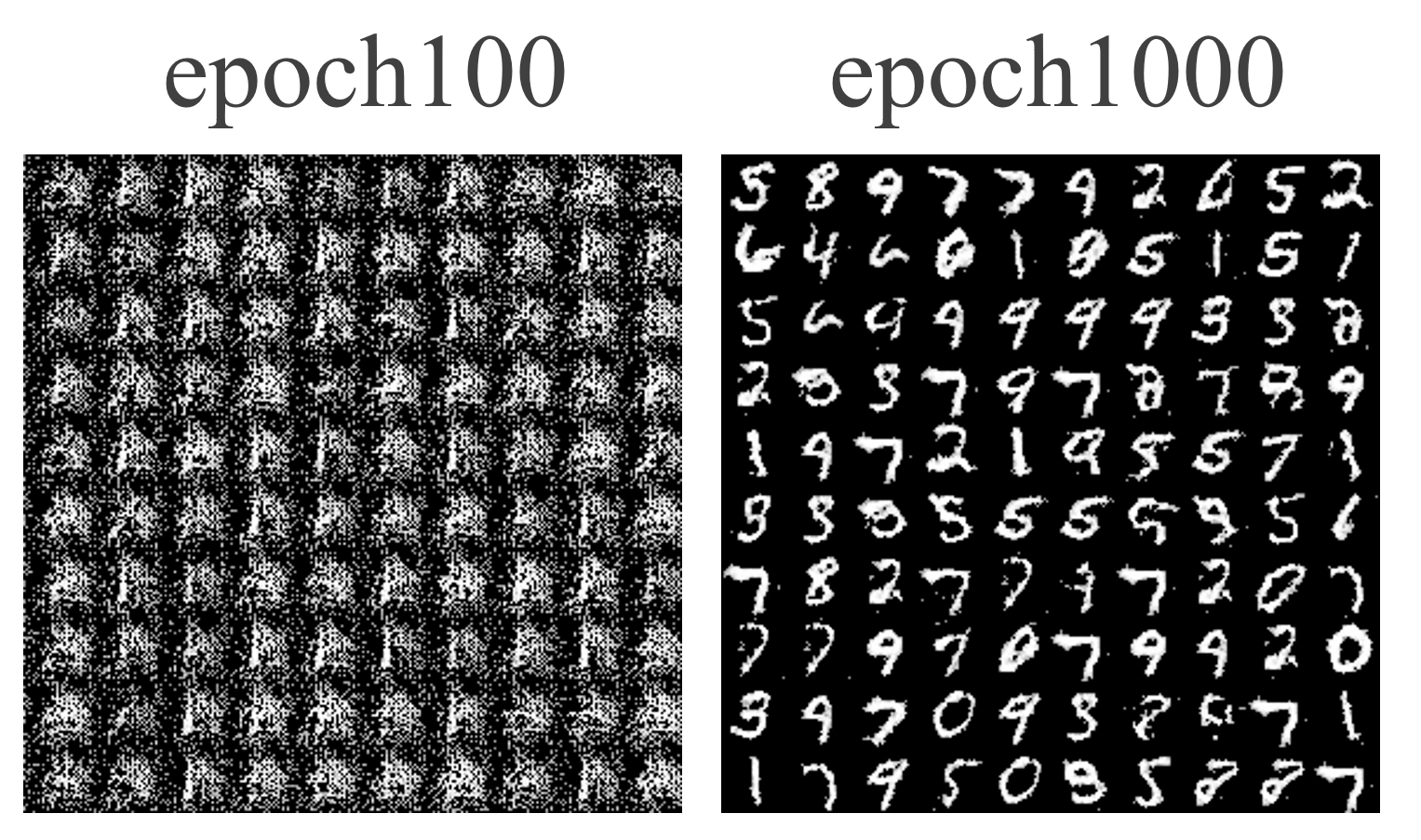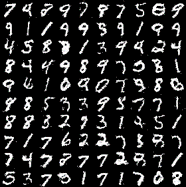Leveraging a QGAN module, generate novel data in various styles. In classical GANs, the generator needs to sample from classical distributions like uniform or normal distributions when generating images, This is pseudo-random. Quantum computing, however, has a vast Hilbert space (n qubits can produce 2^n types of noise) and complete randomness. Therefore, we can use quantum computing to generate more distinctive feature data that differ from real features.Here, we use the example of generating MNIST handwritten digits,The schematic is as follows.

By training a discriminator to recognize Fake images generated by the generator and Real images from the real world, once the discriminator can distinguish real images from fake ones, the generator is trained so that the discriminator recognizes its generated images as real. In this ongoing adversarial process, the generator eventually produces images that the discriminator cannot distinguish as real or fake.
We trained this model on a real superconducting quantum computer. The evolution about the handwritten digit images generated by QGAN during the training process are shown in the following diagram.

Finally the images generated after the model converged are shown below.

we can also use this module to generate novel data with various styles for financial or biological medical datasets etc.For example, in financial target customer positioning applications, In the dataset, people with different characteristics make different choices about whether to accept a bank's term deposit offer. Some agree to make a term deposit, while others refuse. We can use the data of those who agreed as the real data to train this model. After the model is trained, the generator can create new feature information about those agree to a term deposit. This information allows bank marketers to selectively call and promote term deposits, effectively targeting potential customers.